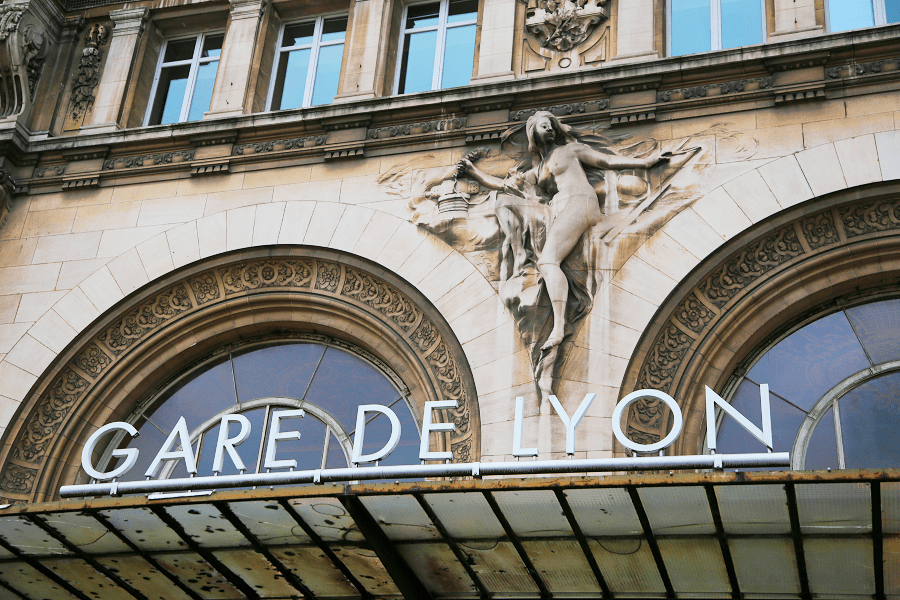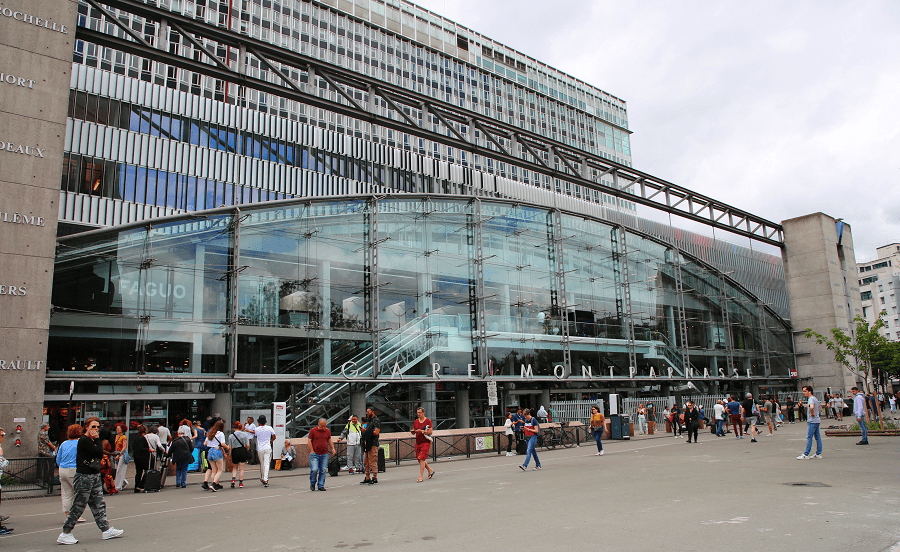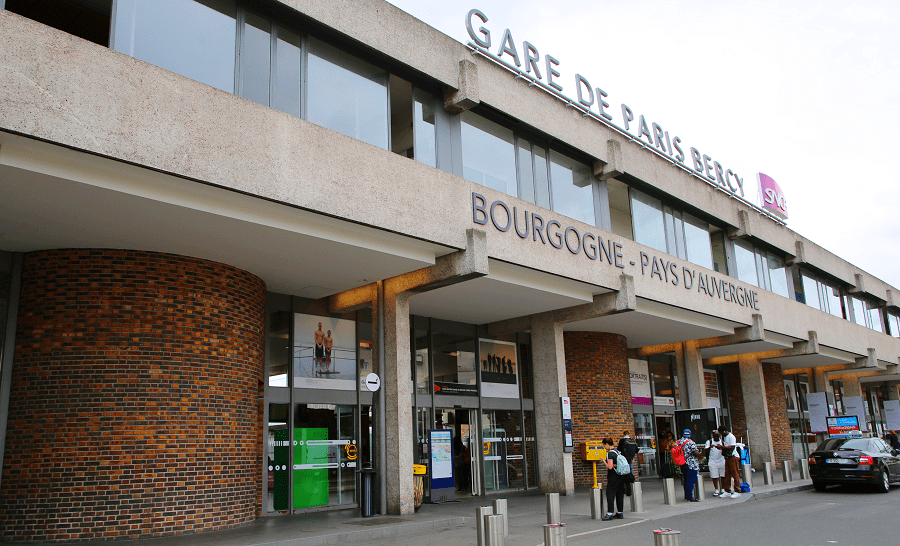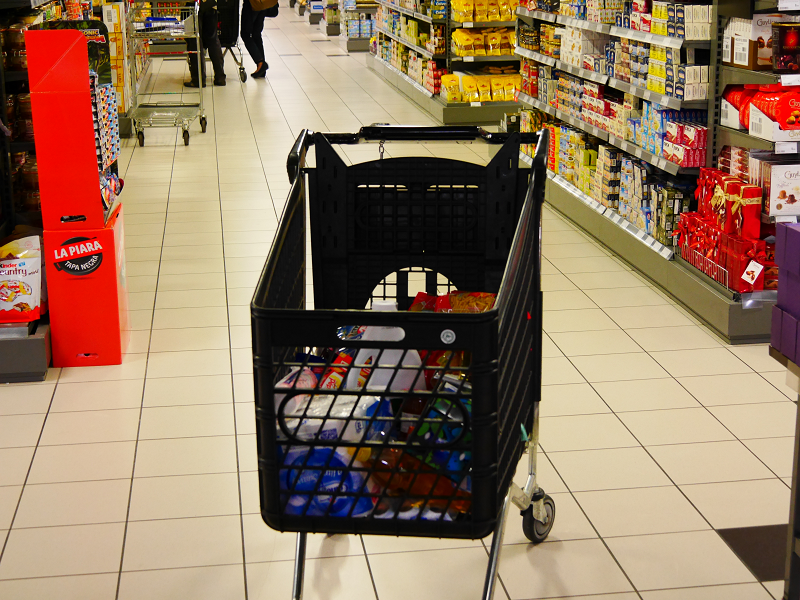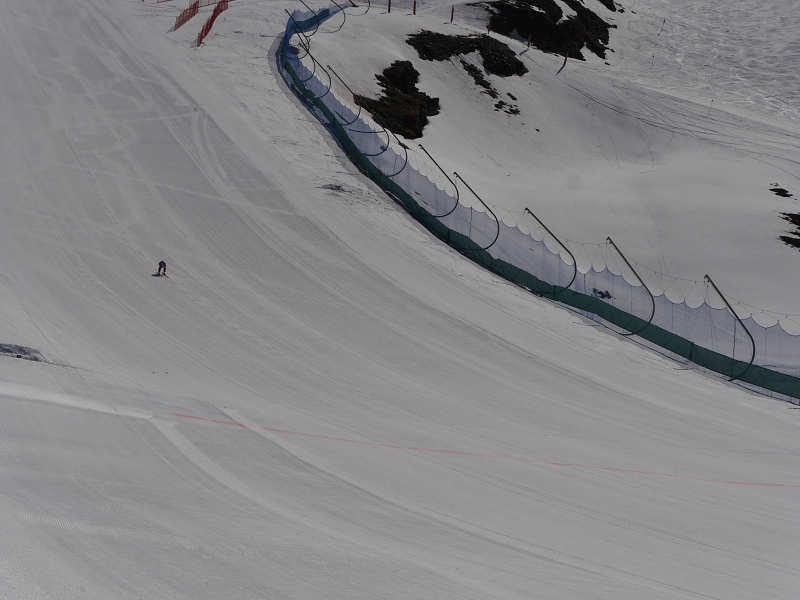A central hub of the national rail network, Paris’s six major railway stations (Gare du Nord, Gare de l’Est, Gare de Lyon, Gare d’Austerlitz, Gare Montparnasse, Gare Saint-Lazare) and a minor one (Gare de Bercy) are connected to three networks: high-speed rail lines (TGV, Eurostar, Thalys, Intercity Express, Frecciarossa), normal speed trains (Intercités, Intercités de nuit, TER), and the suburban rails (Transilien).
The Transilien is the commuter rail network serving Paris (France) region through 8 lines, 392 stations and 1,294 km (804.1 mi) of rails.
The Réseau Express Régional, commonly abbreviated RER, is a hybrid commuter rail and rapid transit system serving Paris and its suburbs. It acts as a combined city-center underground rail system and suburbs-to-city-center commuter rail. In the city center, it acts as a faster counterpart of the Paris Métro, having fewer stops.
Conceived of as a “métropolitain express” (express metro) during the mid 1930s, the scheme was revived in the 1950s and construction began in the early 1960s. The RER was not fully conceptualised until the completion of the Schéma directeur d’aménagement et d’urbanisme (roughly: “master plan for urban development”) in 1965. The RER network, which initially comprised two lines, was formally inaugurated on 8 December 1977 in a ceremony that was attended by President Valery Giscard D’Estaing. A second phase of construction commenced at the end of the 1970s which saw additional lines constructed along with extensions to the original two. The RER is operated partly by RATP, the authority that operates most of the public transport in Paris, and partly by SNCF, France’s national rail operator.
As of 2023, the network consists of five lines: A, B, C, D and E. The network has 257 stations and has interchanges with the Métro and commuter rail within the City of Paris and the suburbs. The lines are identified by letters to avoid confusion with the Métro lines, which are identified by numbers. The network is still expanding: RER E, which opened in 1999, is planned for westward extension toward La Défense and Mantes-la-Jolie in two phases by 2024–2026.
The performance of the RER has made it a model for proposals to improve transit within other cities. In November 2022, French President Emmanuel Macron announced the creation of the additional RERs that will serve the ten largest French metropolises by 2040.
Superimposed on this is a ‘regional express network’, the RER, whose five lines, 257 stops and 587 km (365 mi) of rails connect Paris to more distant parts of the urban area. In addition, the Paris region is served by a light rail network, the tramway. Opened since 1992 for its first line, thirteen lines are currently operational. The network is 164.4 kilometres (102.2 mi) long with 248 stations.
7 railway stations
Gare Saint-Lazare is one of the 7 major terminal stations of the SNCF network in Paris. Located in the 8th arrondissement, it is one of the former railheads of the Ouest-Etat network. It was the first station built in Île-de-France in 1837 and has been mainly used for suburban traffic. Saint-Lazare is the third busiest station in France, after the Gare du Nord and Gare de Lyon. More …
Gare d’Austerlitz, officially Paris-Austerlitz, is one of the 7 large Paris rail termini. The station is located on the left bank of the Seine in the southeastern part of the city, in the 13th arrondissement. It is the start of the Paris–Bordeaux railway; the line to Toulouse is connected to this line. In 1997, the Ministry of Culture designated the Gare d’Austerlitz a historical monument. More …
Gare de l’Est (East station), officially Paris-Est, is one of the 7 large mainline railway station termini in Paris. It is located in the 10th arrondissement, not far southeast from the Gare du Nord, facing the Boulevard de Strasbourg, part of the north–south axis of Paris created by Georges-Eugène Haussmann. More…
Gare de Lyon is one of the 7 major terminal stations of the SNCF network in Paris. It is also a station on the Île-de-France RER network. It is located in the 12th arrondissement, mainly in the Quinze-Vingts district, with the southeast of the tracks and platforms being located in the Bercy district. It is the second station in Paris in terms of traffic (109.9 million passengers in 2018), and the second in terms of mainline trains. More …
Gare du Nord, is one of the 7 major SNCF terminus stations in Paris. It is the busiest station in Paris. It constitutes the directions of the railway network serving the North of France, as well as neighboring countries. Due to its proximity to Belgium, the Netherlands, Great Britain and Germany, it has always had a marked international vocation, before seeing its regional traffic develop strongly. More …
Gare Montparnasse, officially Paris-Montparnasse, one of the 7 large Paris railway termini, is located in the 14th and 15th arrondissements in Paris. The station serves intercity TGV trains to the west and southwest of France and suburban and regional services on the Transilien Paris – Montparnasse routes. More …
Gare de Paris Bercy is one of the 7 mainline railway station termini in Paris. It handles about 4.3 million passengers annually according to the estimates of the SNCF, making it the least busy mainline station in Paris. More …
See more:











